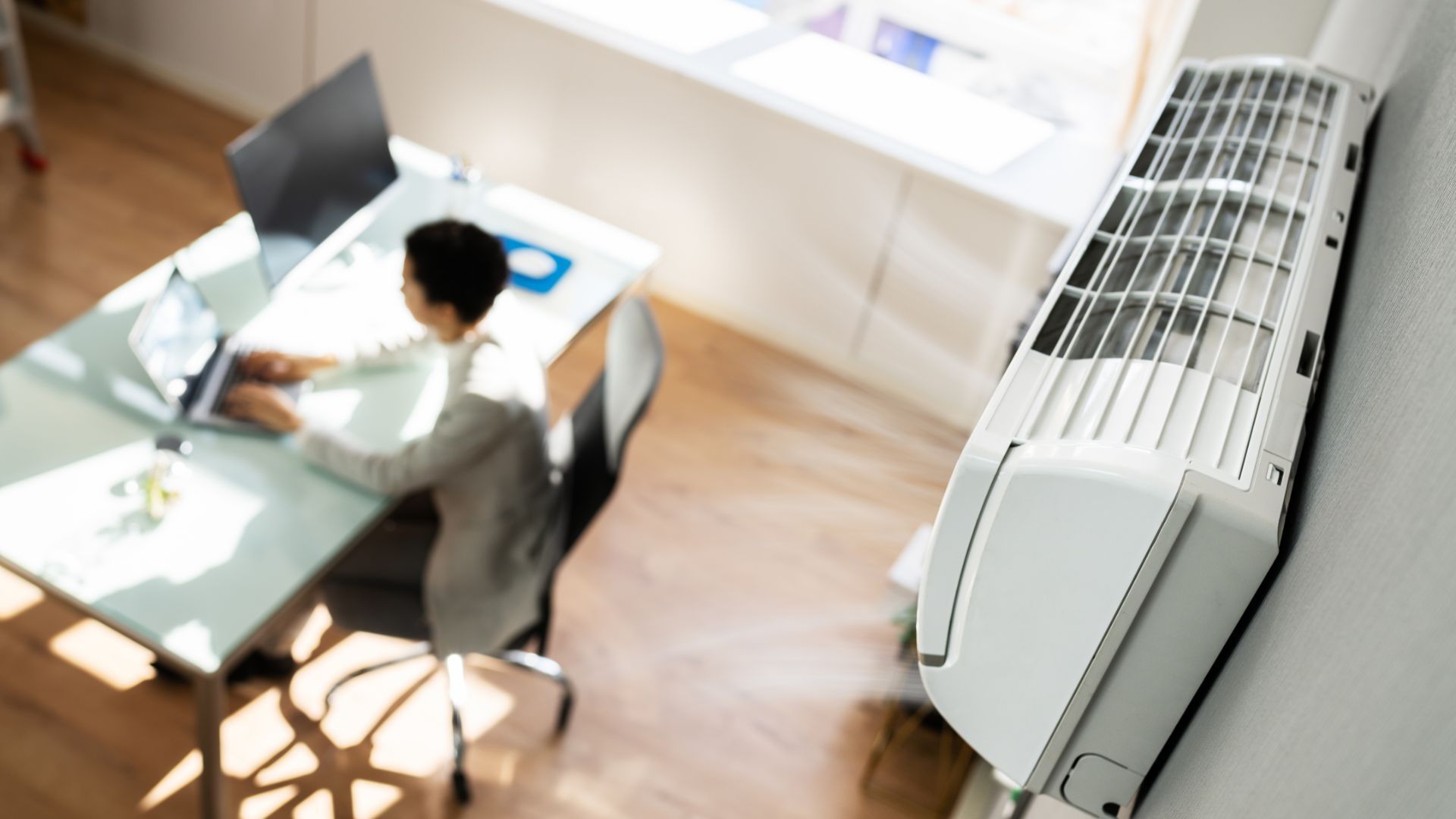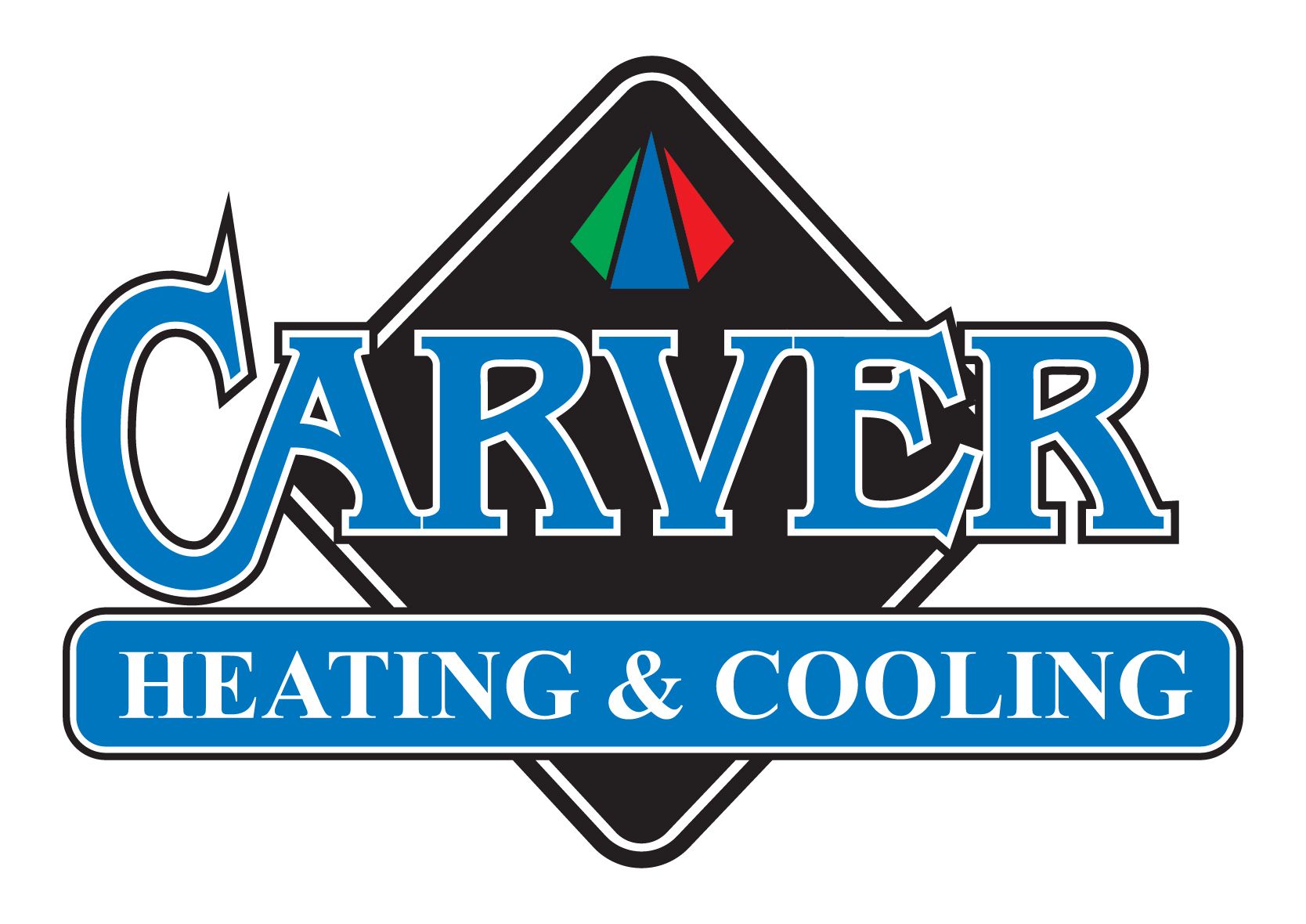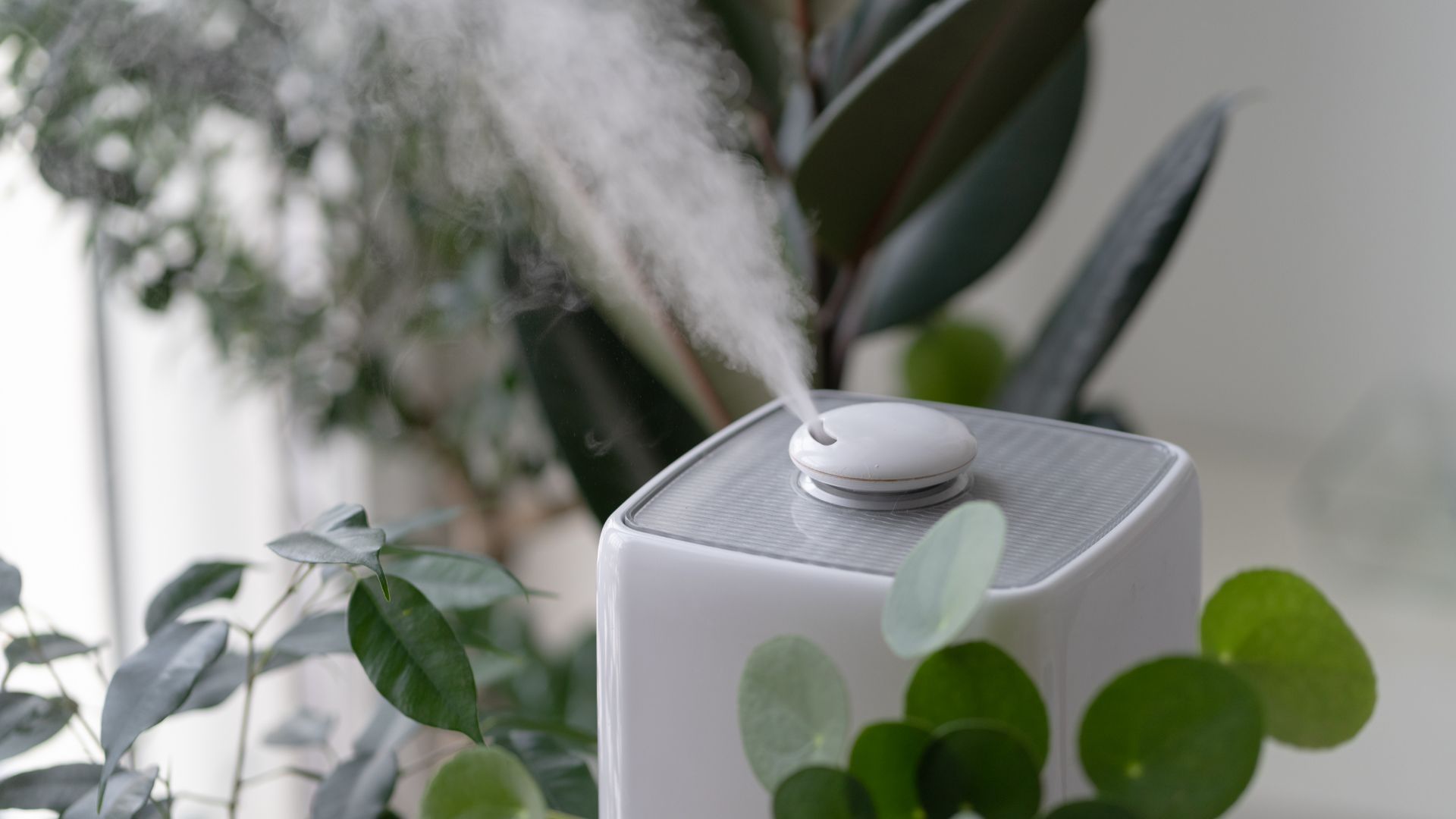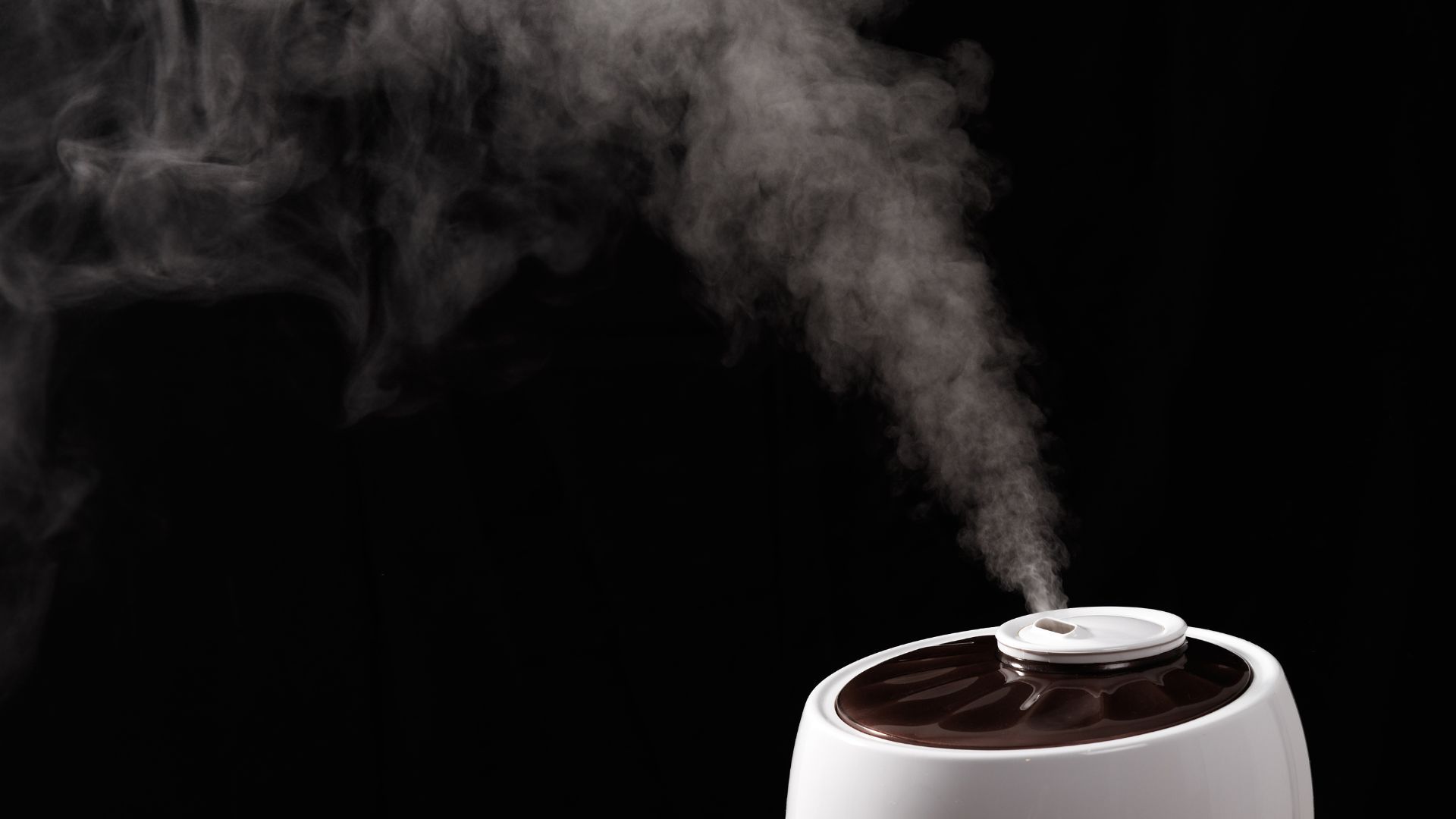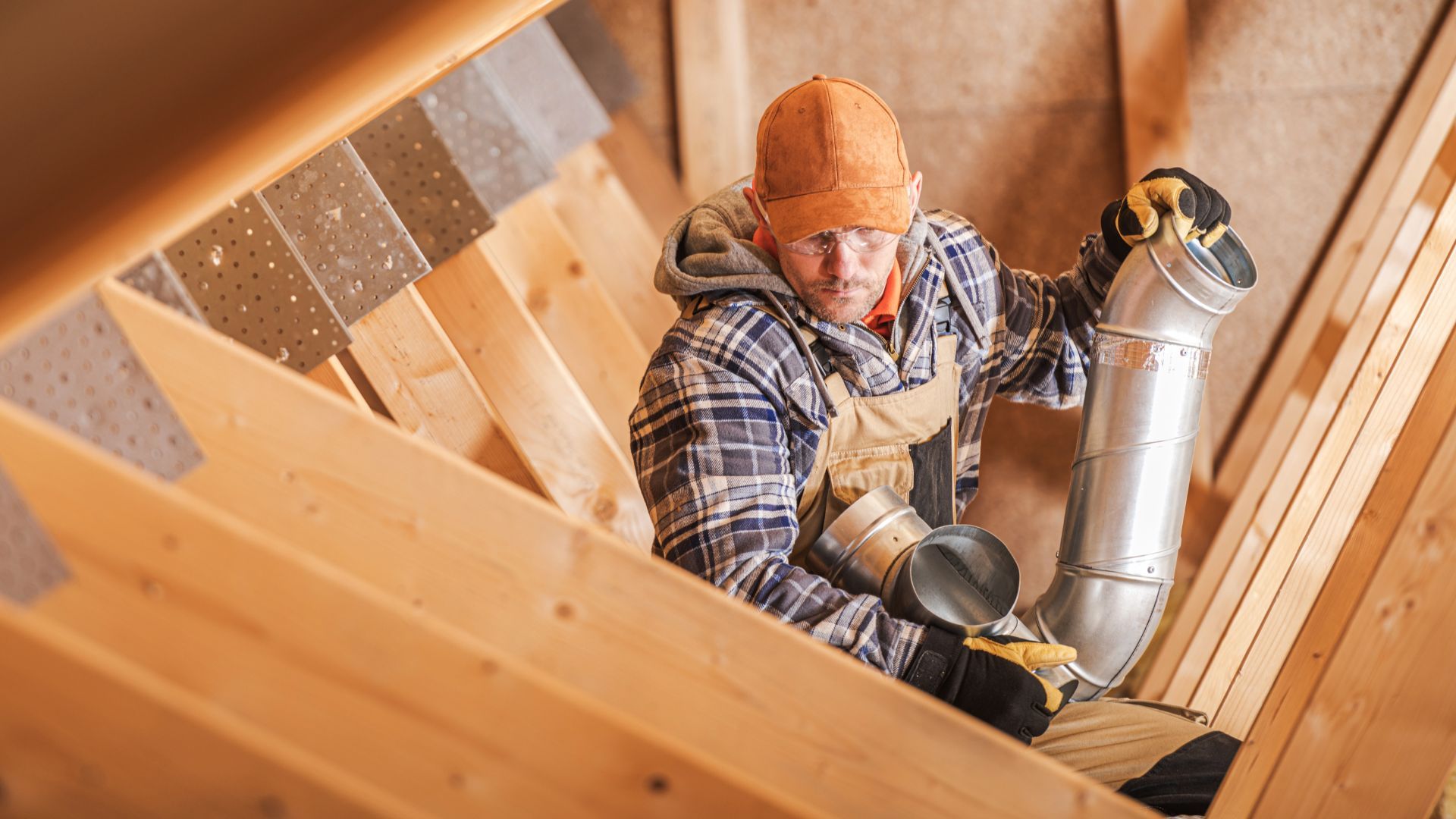A Beginner's Guide to Understanding How Furnaces Work
A Beginner's Guide to Understanding How Furnaces Work

A furnace is a home heating system that uses a fuel source, such as natural gas or oil, to produce heat. The heat is then circulated throughout a home using a system of ducts and vents. The main purpose of a furnace is to provide a reliable and efficient way to heat a home during cold weather.
Understanding how a furnace works can be helpful for homeowners in a number of ways. For one, it can give homeowners a better appreciation for the technology that keeps their homes warm and comfortable.
By understanding how their furnace works, homeowners can take an active role in maintaining and caring for their heating system, which can help extend its lifespan and improve its performance.
In this article, we’ll help you understand deeper the functions of a furnace and to choose the right one.
The Parts Of A Furnace
- Burners
The burners are responsible for burning fuel, such as natural gas or oil, to produce heat. The burners are typically located at the bottom of the furnace and are ignited by a spark or pilot light.
- Heat exchanger
The heat exchanger is a metal chamber that surrounds the burners and captures the heat produced by combustion. As air is circulated over the heat exchanger, it absorbs the heat and is distributed throughout the home.
- Blower
The blower is a fan responsible for moving the heated air through a home's ducts. The blower is typically located above the heat exchanger and is powered by an electric motor.
- Flue
The flue is a pipe connected to the top of the furnace and ventilates the gases produced by combustion to the outside of a home. The flue is typically made of metal and designed to vent the gasses away from home safely.
Each of these components plays an important role in the operation of a furnace. The burners produce the heat, the heat exchanger captures the heat and transfers it to the air, the blower distributes the heated air throughout the home, and the flue safely vents the gases produced by combustion.
How A Furnace Produces Heat
In a furnace, fuel is burned to produce heat. The heat is captured by the heat exchanger and then distributed throughout the home by the blower. Different fuels can be used in a
furnace, and the choice of fuel may depend on availability and efficiency.
The heat exchanger captures the heat produced by combustion and transfers it to the air circulated throughout the home. It is made of metal and designed to withstand high temperatures and prevent gases from being released into the home."
The heat exchanger plays a crucial role in the operation of a furnace. It is typically made of metal and designed to withstand high temperatures. It also allows the air and gases produced by combustion to come into contact with each other without mixing, transferring the heat to the air without releasing gases into the home.
How a furnace distributes heat
The blower in a furnace is a fan that circulates the heated air through a home's ducts. It is powered by an electric motor and located above the heat exchanger. When the furnace is turned on, the blower starts to circulate the air, pulling it in through the return ducts and pushing it out through the supply ducts.
A thermostat is a device used to control the temperature in a home. It is programmed to maintain a certain temperature and controls the furnace by turning it on and off to maintain the desired temperature.
Some furnaces also have a system for circulating cooled air in the summer using an air conditioner. The air conditioner uses a refrigerant to cool the air, and the cooled air is then circulated through the home by the blower in the
furnace.
Maintaining And Troubleshooting A Furnace
Regular maintenance is essential for keeping a furnace operating efficiently and safely. Some tasks that should be performed on a regular basis include:
- Cleaning And Replacing The Air Filter
The air filter helps remove dust and other contaminants from the air circulated through the furnace. It is important to clean or replace the air filter regularly to ensure that the furnace is not being restricted by a clogged filter.
- Inspecting The Burners And Heat Exchangers
The burners and heat exchangers should be inspected regularly for signs of wear or damage. If the burners are dirty or the heat exchanger is damaged, it can affect the efficiency and safety of the furnace.
- Checking The Flue
The flue should be checked regularly to ensure it is not blocked or damaged. A blocked or damaged flue can prevent the safe venting of gases produced by combustion, which can be a safety hazard.
If a furnace is not functioning properly, there are a few simple steps that homeowners can take to troubleshoot common issues:
- Check The Thermostat
Ensure that the thermostat is set to the correct temperature and that the batteries are fresh.
- Check The Fuel Supply
If the furnace is not turning on, it may be due to a problem with the fuel supply. Ensure the fuel valve is open and the fuel tank is full if the furnace uses oil or propane.
- Check The Air Filter
A dirty or clogged air filter can restrict the airflow through the furnace, which can cause problems with the heating system.
If these simple troubleshooting steps do not solve the problem, it is important to consult a professional for more complex issues or safety reasons. A qualified technician will have the knowledge and expertise to properly diagnose and repair any issues with a furnace.
Conclusion
A furnace is a home heating system that uses a fuel source, such as natural gas or oil, to produce heat. It has several components, including burners, heat exchangers, blower, and flue. Proper maintenance is essential for keeping a furnace operating efficiently and safely.
Homeowners can try simple troubleshooting steps or consult a professional for complex issues. It is important for homeowners to understand their heating system and take an active role in keeping it in good working order to ensure it is reliable and efficient.
